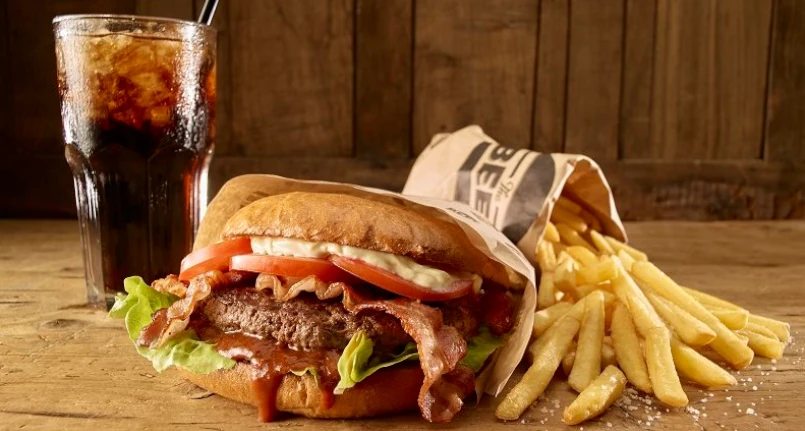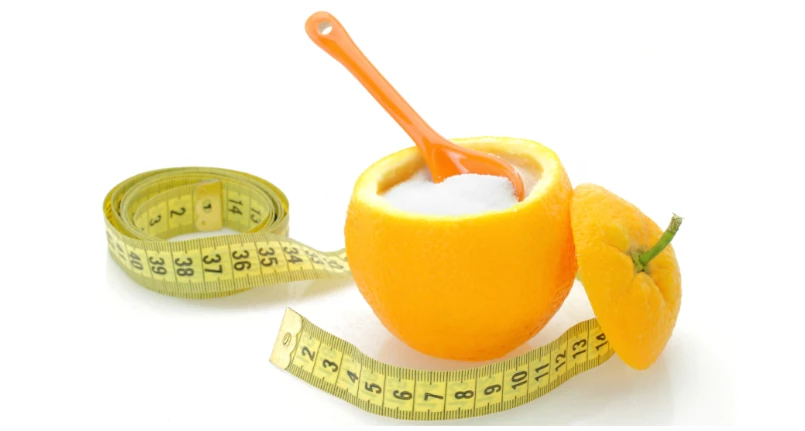Cattle classification
- veal , male or female bovine less than 12 months old (generally slaughtered at about 4 months) with very tender meat thanks to the high water content, which at times, unfortunately, may have been obtained with the administration of hormones, which they have the effect of swelling the flesh;
- veal , male or female bovine slaughtered between 12 and 18 months, has tender meat and excellent nutritional value even if it contains less water than veal;
- beef , 3/4 year old bovine, which if male has been castrated, if female has never given birth, with a lower amount of water contained in the meat and a higher fat content;
- ox , castrated male cattle over 4 years old, the meat is similar to that of beef.
Classification of cuts
- 1st cut – meat from the hindquarters, they are the most valuable and the most expensive, they cook quickly (grilled or pan-fried);
- 2nd cut – meat from the forequarter, they are less valuable, but equally nutritious , they are cooked semi-rapidly (baked, roasted, stewed );
- 3rd cut – meat from the forequarter, but not valuable, they are the least expensive, they have to be cooked slowly ( boiled , stewed, braised ).
Goulash Light
In this video, Alice, our personal cooker, shows how to prepare a light goulash starting from a lean cut of beef, the bell hock, particularly suitable for stews . Ideal for bringing together those who love healthy and light cooking, with those who prefer intense flavors and tastes. Enjoy your vision !
On what to base the choice of beef?
1) The color is the business card of the meat, unfortunately it can be influenced by the effects of ambient lighting.
2) The pH, is the measurement of the acidity or basicity of a substance, it is neutral at the time of slaughter, after which it changes and stabilizes around 5.4/5.5, which corresponds to a slight acidity and which is the ideal value for a quality meat; if the meat has a higher pH value, the phenomenon known as “scrambled meat” occurs; on the other hand, a delay in lowering the pH causes an increase in color intensity and water retention .
3) Water retention is crucial for quality meat, it affects appearance, cooking and juiciness; water represents 75% of the weight of a muscle, dividing into bound water and free water; the bound water is that firmly inside the muscle fibers (it is a small percentage, about 5%), while the free water is enclosed in the muscle structure; if the percentage of bound water is too low, after cooking the meat will be stringy and tough, but it could also be the fault of cooking for too long; variations in the water retention capacity are linked to the species, sex, age, state of health, degree of preparation, methods of transport of the animals;




